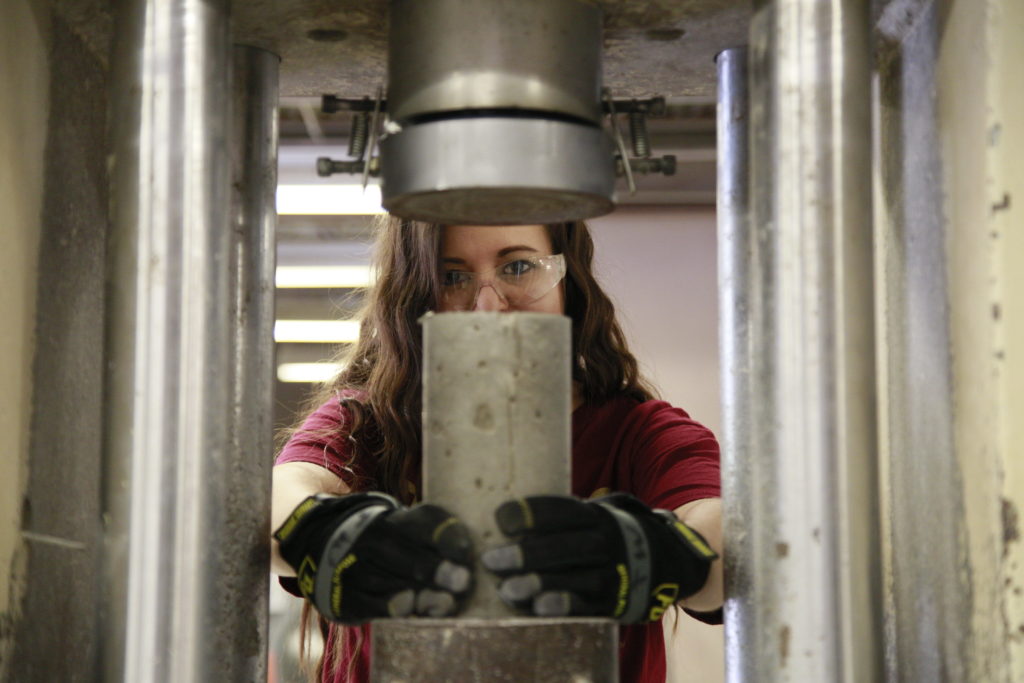The History of CIM
 In 1995, leaders in the concrete industry recognized a need for a program to develop skills specifically suited for the concrete and construction industry. The following year, the Concrete Industry Management (CIM) program was created to supply the concrete industry with future managers and leaders while providing graduates with the education and training they need to excel in a broad array of careers within the industry.
In 1995, leaders in the concrete industry recognized a need for a program to develop skills specifically suited for the concrete and construction industry. The following year, the Concrete Industry Management (CIM) program was created to supply the concrete industry with future managers and leaders while providing graduates with the education and training they need to excel in a broad array of careers within the industry.
The CIM program got its start in 1996, enrolling its first two students at Middle Tennessee State University (MTSU). The program’s popularity spread across the country over the next decade and a half: California State University – Chico, Texas State University and New Jersey Institute of Technology and South Dakota State University began to offer the CIM program as well.
Since its start, the CIM program has had the support of the concrete industry, associations and other business leaders in the field. The National Steering Committee (NCS), along with industry Patrons, advance their local CIM programs by providing mentorship, learning opportunities, funding and other support for students.
 In 2006, the NCS held its first CIM auction at the World of Concrete, where members of the concrete and construction industries generously donated products, services and other items of interest to be auctioned off. Over the past 13 years, the auction has raised more than $8 million to benefit CIM at the four program universities.
In 2006, the NCS held its first CIM auction at the World of Concrete, where members of the concrete and construction industries generously donated products, services and other items of interest to be auctioned off. Over the past 13 years, the auction has raised more than $8 million to benefit CIM at the four program universities.
In October 2012, CIM grew further, expanding into the business side of things by offering an Executive MBA program at MTSU. The first cohort graduated in March 2014.
In December 2020, the National Steering Committee for CIM announced that South Dakota State University would be joining the family of CIM program universities beginning fall 2021.
As of 2020, there are currently more than 472 students pursuing degrees in CIM. More than 1,300 have graduated from the program since its inception, armed with the skillset necessary to meet the demands of the progressively changing concrete industry of the 21st century.

